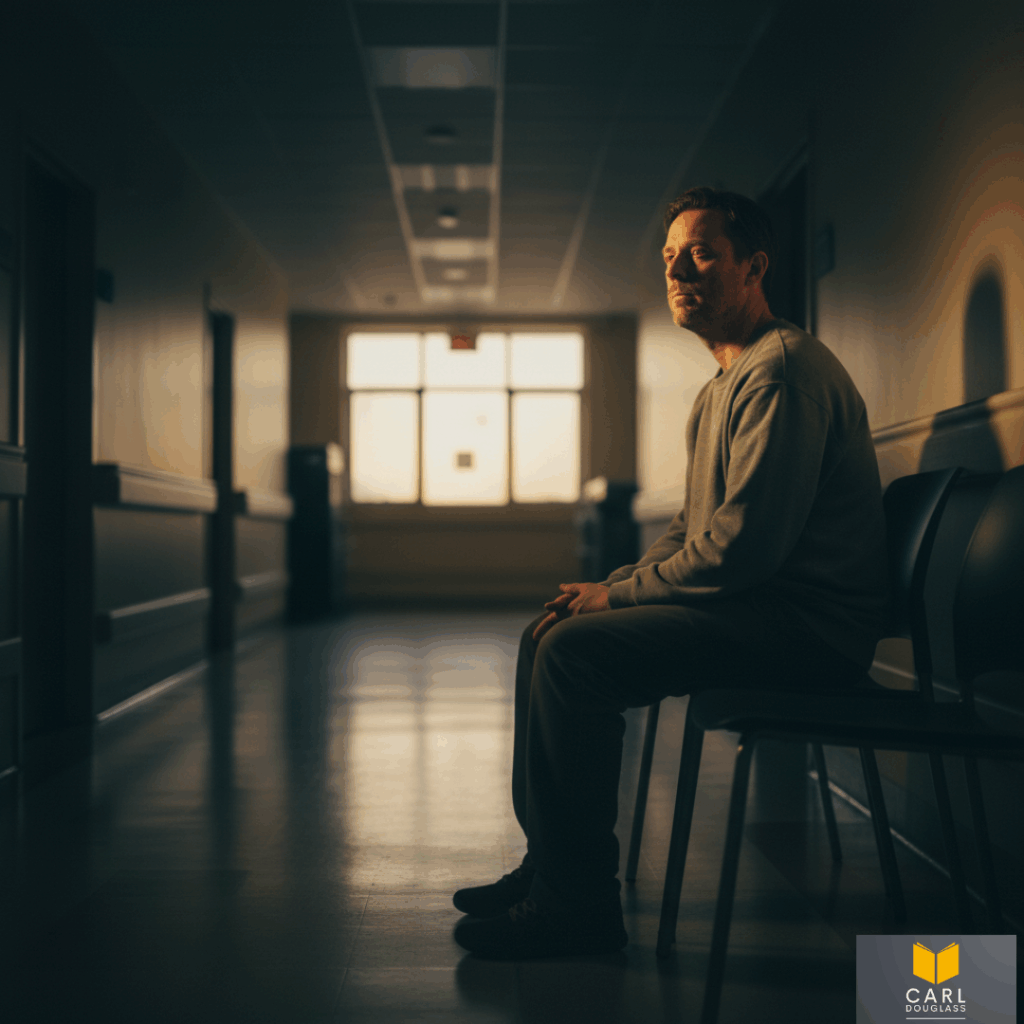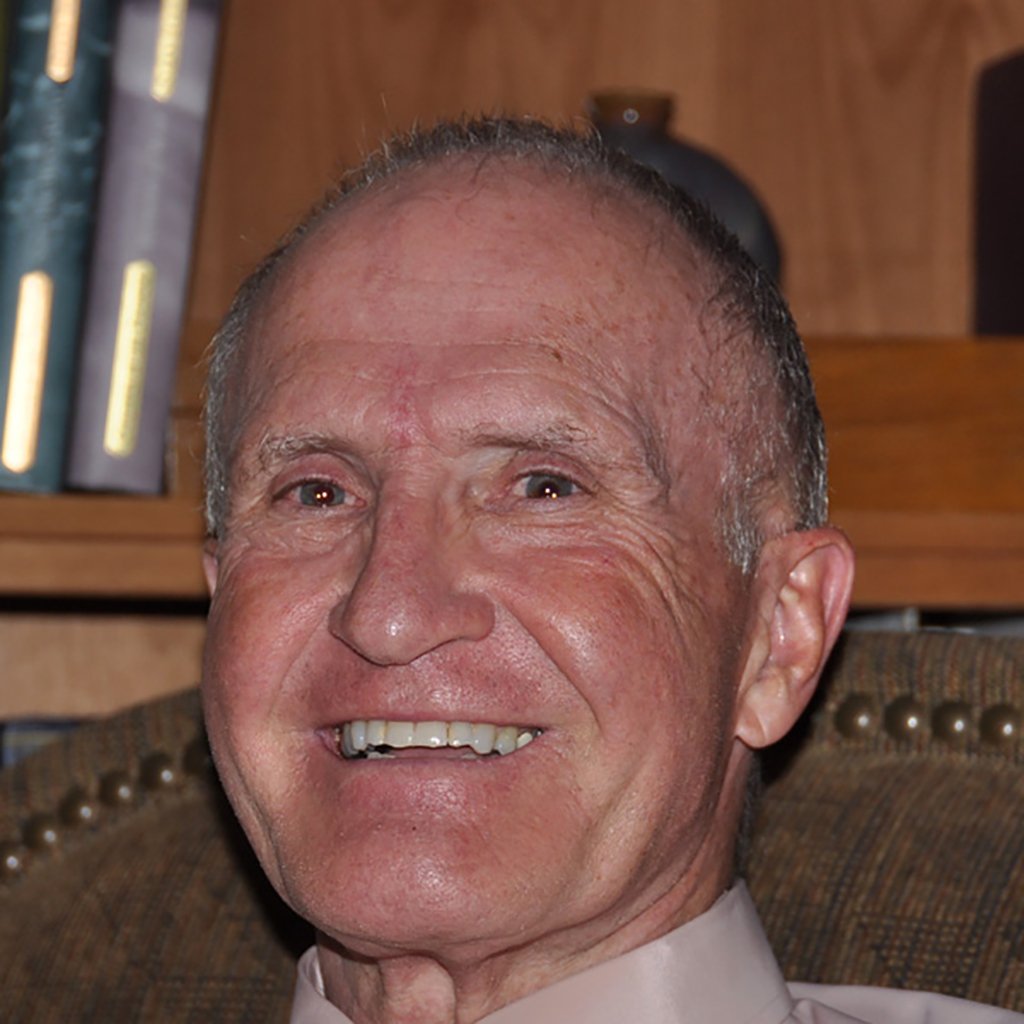Courage is not an event. It is a condition. It is the living relationship between fear and action, between what we feel and what we decide to do in spite of it.
We often imagine courage as a single, dramatic moment. A soldier running into fire. A doctor holding steady in the middle of chaos. A rescuer breaking through smoke to reach a stranger. Yet most courage is quieter. It takes place where there are no witnesses and no applause. It appears in hospital rooms, classrooms, courtrooms, and kitchens. It is the teacher who refuses to give up on a difficult child, the nurse who stays with a patient long after visiting hours, the parent who faces an impossible truth and still finds words of comfort.
I have come to believe that courage has an anatomy of its own. Just as the body has systems that keep it alive, courage has structures that give it strength. Every act of bravery has its own rhythm, its own circulation, its own heartbeat.
The Physiology of Courage
Before any surgeon opens a body, he studies the system that sustains it. He learns how the vessels connect, how the organs communicate, how one mistake can cause another. Courage deserves the same careful study.
Fear is the first and most natural response to danger. It floods the body, sharpens the senses, and prepares us for survival. Courage does not erase fear. It transforms it. It takes the same surge of energy that could drive a person to flee and redirects it toward a purpose. It allows the heart to beat in rhythm with reason instead of panic.
You can often see it before you can name it. The steadying of the breath. The narrowing of the eyes. The stilling of the hands. Courage is not loud. It is focused. It is the body saying quietly, “I will continue.”
The Mind of Courage
True courage begins in thought. It is the meeting point of conviction and clarity. It asks the question: What is right, and what must I do?
Courage is not recklessness. It is not bravado or pride. It is a deliberate choice made in full awareness of the cost. I have seen men and women who looked fearless until the moment arrived. Then, when fear became real, only those with a clear sense of duty could act.
The mind must see beyond the fear. It must hold to a principle stronger than the instinct for safety. In that moment, courage becomes moral. It becomes the decision to do what is right even when the outcome is uncertain.
The Soul of Courage
I have stood in operating rooms where every second demanded composure. I have watched soldiers who refused to leave a fallen friend. I have seen patients who met the end of life with quiet acceptance. These moments have convinced me that courage is not found only in strength or skill. It is found in purpose.
A courageous act begins when a person sees something greater than themselves. It might be love, duty, faith, or compassion. That purpose gives shape to their fear. It tells them that pain can be endured and that loss can have meaning. Courage without purpose collapses under pressure. Courage with purpose becomes almost unbreakable.
A Living System
Courage is not a gift given to the few. It is a living system present in all of us, waiting to be called upon. It has its own anatomy: the mind that chooses, the heart that steadies, the body that follows through.
When I began this study, I thought I was examining the extraordinary. Now I understand that courage is ordinary life lived with extraordinary resolve. It is a mother’s patience, a doctor’s calm, a child’s honesty, a soldier’s sacrifice. Each act, large or small, reveals the same structure beneath the surface.
In this series, I hope to tell these stories one by one. Stories of people who faced pressure, pain, or fear and still found a way to act. Together we will look closely, as a surgeon might, at the anatomy of courage. We will see how it forms, how it falters, and how it survives.
Because understanding courage does not make it less mysterious. It makes it more human. And that, perhaps, is the beginning of wisdom.


